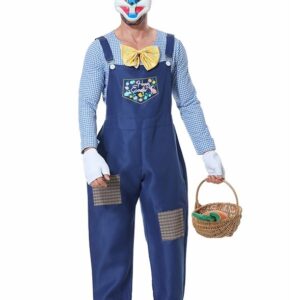There are two types of art collectors in India, 1. Those who purchase art for home decoration and for other aesthetic purposes, and 2. Hard-core masterpiece collectors. The latter category of Indian art collectors is on a constant rise. People have started to realize the worth of Indian paintings and more and more people are investing in Indian paintings than they are investing in eal estate. It does sound absurd but it is true.
Following are some facts to support the statement:
- The international art market is valued around Rs. 17000 crores out of which Rs. 1000 crores is the evaluation of Indian art market.
- In the last decade Indian art market has experienced a raise from 2 million USD to 400 million USD, a staggering rise of 200 percent!
- The average rate of rise of market of Indian paintings have been around 20-30 percent every year since the early 2000s.
- A report claims that Indian art market is the fourth largest art market in the world.
- An Indian painting that was valued around 2500 USD in the 1980s can easily fetch a whopping 1 million USD in the current day scenario.
All these facts are quite evident that Indian art collectors will never go out of business and Indian art market will continue to rise as long as it is churning out beautiful masterpieces. The mere fact that people are flocking over to the art market for the purpose of investing their capital, is quite a huge boost for the individuals involved trading of art.
This all happened back in the 2003 in Indian with the introduction of web galleries. Web galleries or online art galleries as the name suggests are online portals that indulge in trading of art over the world wide web. Web galleries have provided a unique platform to the Indian art collectors, where they can browse through a huge collection of art to their heart’s content. Unlike their offline counterparts, web galleries are very user friendly and convenient. Everything is just a few clicks away and can be delivered right at the doorsteps, without you having to leave the comfort of your home. It is because of their convenient nature only; people prefer to purchase Indian paintings online these days. They can immerse themselves in the world of art and learn a lot about other related things as well during the process.
Online art galleries have been acting as an interface between the artists and the right buyers. They are giving much needed exposure to the part time artists or young talents who cannot afford to spare much resources to make themselves visible. It won’t be wrong to say that they have boosted the business of all kinds of artists as they can easily make their work available on web galleries. Unlike their offline counterparts, web galleries do not charge heavy commissions from the artists. In this way, artists are able to get the best worth of their work and this in turn boosts the market of Indian paintings.
Indian art collectors have been thoroughly enjoying the services of web galleries. They can have their products delivered right at their doorsteps. A person who was not able to attend an exhibition or an auction earlier due to some work commitment can now easily indulge in browsing of art on web galleries. He can save his time and money that would have been spent on traveling to the onsite exhibition. For gallery owners as well, it is cheaper and way more convenient to set up an online art gallery rather than an onsite on. Web presence fetches a lot of audience with nominal marketing. On the other hand, to promote an event such as an onsite exhibition or auction, a lot of money has to be spent on marketing the event, picking up a venue to organize it and then making other services available such as security, entertainment of the visitors etc. To make up for the money spent in such operations, gallery owners are bound to charge heavy commissions from the artists. But web galleries have successfully broken this trend. They have single handedly turned the market of Indian paintings into a profitable business and provided the Indian art collectors with a much needed interactive platform.


